This One Book, One Chicago season we've been imagining the future, but we are not the first Chicagoans to do so. Eighty-five years ago, Chicago hosted its second major World's Fair, the Century of Progress. Opened in 1933, and held again in 1934, the fair commemorated a hundred years since the 1833 incorporation of Chicago as a town. During the Great Depression, the Century of Progress presented a bold and hopeful vision of the future by promoting the message that collaboration among science, industry and government would make a better world.
The fair itself did help the economy. Construction of the fairgrounds created jobs. Exhibitors promoted consumer goods that visitors then went out and bought. President Roosevelt requested the fair to open again in 1934 to continue stimulating consumption. And the 40 million people who visited the fair in its two-year run undoubtedly found a few hours of distraction from their personal financial worries while imagining what the future might bring.
Hosted in Burnham Park and on Northerly Island, the Century of Progress fairgrounds extended south along Lake Michigan from Roosevelt Road to 39th Street. In contrast to the classical architecture of the buildings at the 1893 World’s Columbian Exposition, the Century of Progress adopted an Art Deco architectural style that evokes a sense of the future even today. The color scheme also differed from the all-white 1893 fair; the Century of Progress used bright, vibrant colors captured in a recently discovered Technicolor film.
The 1889 Paris World’s Fair had the Eiffel Tower, the Columbian Exposition had the Ferris Wheel and the Century of Progress had the Sky Ride. This air tram structure ferried people across Burnham Harbor from one side of the fair to the other, at the height of 210 feet. The towers between which riders were transported, however, were much higher—628 feet high each, the highest structures in the city at the time. Visitors could ascend to observation platforms at the top of each tower. White Sox players even attempted to "establish a world’s record for catching a baseball from a high point," by catching a ball tossed to the ground by pitcher Ted Lyons from atop the western tower.
What did the future hold for the fairgrounds themselves? After the fair ended, the buildings were torn down. The plan was then for the grounds to be returned to park land. This was the case for much of Burnham Park along the lake, but two major areas of the fairgrounds were developed in different ways. A small airport was built on Northerly Island. Meigs Field opened in 1948 as air travel was just taking off (pun intended!) and operated until 2003. And across Burnham Harbor, McCormick Place opened in 1960. And if you want to see a surviving piece of the Century of Progress, travel no farther than the Indiana Dunes, where several display houses have been preserved.
You can learn more about the history of the future at CPL’s Special Collections, where we have archival materials related to the Century of Progress. What's your favorite futuristic vision from the past?

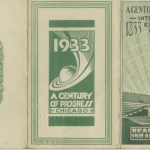
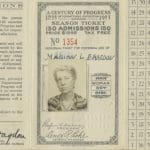
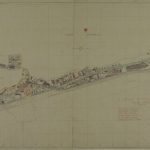
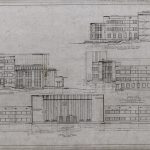
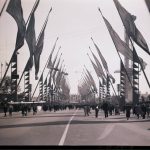
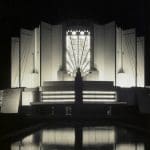
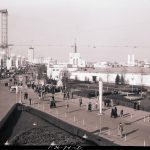


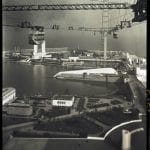
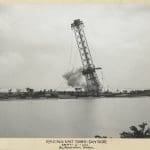
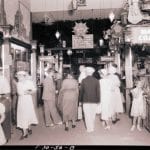
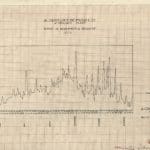
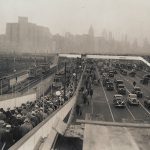
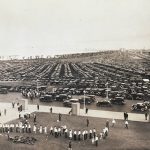


Add a comment to: Remembering the Future: Chicago’s Century of Progress World’s Fair